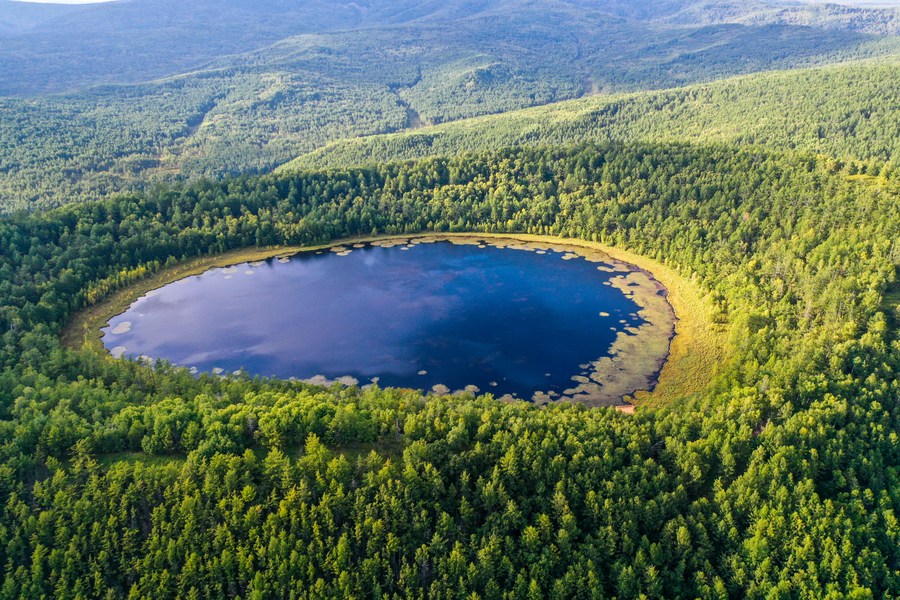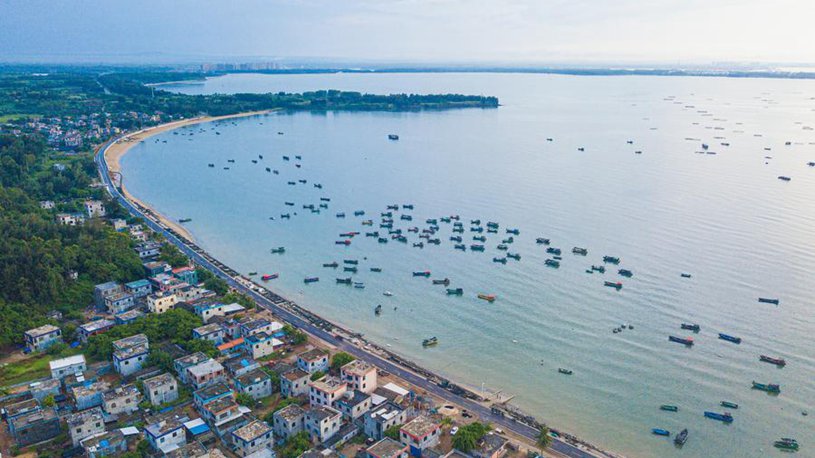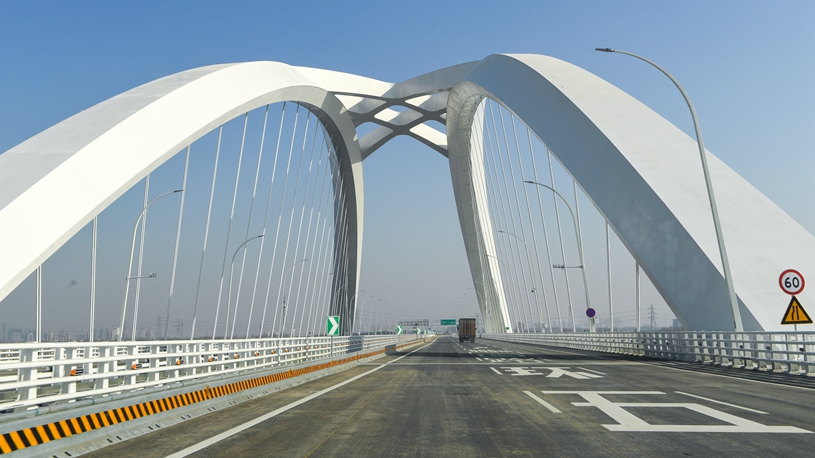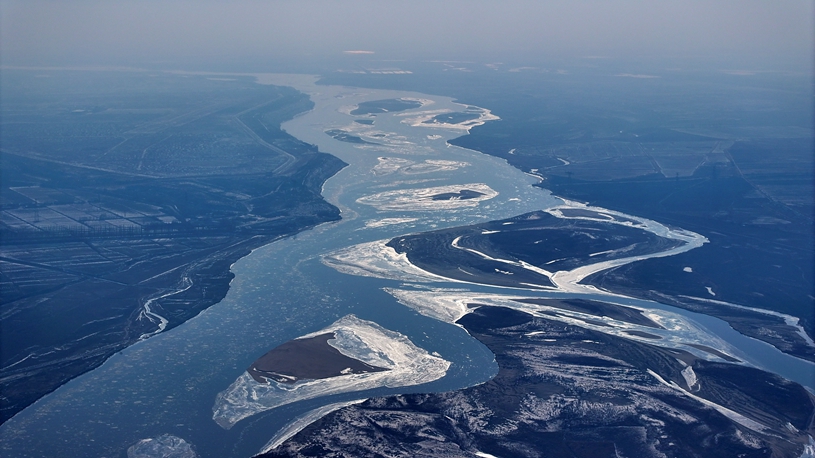
This aerial photo taken on Aug. 31, 2023 shows the scenery of Tianchi (Heavenly Lake) in Arxan of Hinggan League, north China's Inner Mongolia Autonomous Region. (Xinhua/Lian Zhen)
HOHHOT, Dec. 30 (Xinhua) -- At a commemorative site in a forest in the Dahinggan Mountains in north China's Inner Mongolia Autonomous Region, a single, decaying tree has remained undisturbed since it was felled eight years ago. Next to it stands a thriving tree intentionally spared from a prior logging plan.
"Our design of the site embodies a philosophy that sees the cessation of logging not as an end but as a new beginning," introduced Li Ming with the Inner Mongolia Forest Industry Group, which manages the forest.
The state-owned forest area in the Dahinggan Mountains in Inner Mongolia is the largest of its kind in China with an ecological functional area of 106,700 square km. For a long time, the environment endured the detrimental effects of extensive logging such as strong wind, shallow rivers and decreasing wildlife.
However, this has all become history since key state-owned forests in Inner Mongolia completely ceased logging in 2015. The area now boasts forest coverage of 83,700 square km, and its forest stock volume has reached 941 million cubic meters.
Former loggers have also started a new chapter. Li Chengzhi, who has been working at the Wulikuma forest farm in the Dahinggan Mountains forest for over 20 years, is the man behind proposals to develop ecotourism.
Leveraging the dense forests and the unique culture of the previous logging team, and through pooling funding, a tourist spot has been established with 22 guest rooms, all built by the workers themselves, said Li, now deputy director of the Wulikuma forest farm.
Visitors enjoy dormitory-style lodging, savor authentic northeastern Chinese cuisine, and marvel at the weathered tractors as well as old tools like axes, saws, helmets, and clothing commonly used by loggers.
In 2023 alone, the spot received over 600,000 visitors, generating an income of 36 million yuan (about 5.08 million U.S. dollars). It has also initiated forest carbon trading since 2017 and achieved a revenue of over 50 million yuan.
Meanwhile, about 15,000 former workers were given new positions related to forest fire prevention and forest management and conservation. Gao Wuquan used to operate tractors, now he is a ranger who conducts regular patrols within the forest, diligently detecting signs of illegal logging and poaching while also monitoring potential outbreaks of plant diseases and pests.
When local residents reflect on changes in the forest over the years, the most notable is the flourishing wildlife, from bears frequenting the management stations to the sight of herds of roe deer. Human-animal encounters have transitioned from rare incidents to everyday occurrences.
Behind such transformation is China's endeavor to deepen the reform of the system for developing an ecological civilization over the past decade. The country has achieved a forest coverage rate exceeding 24 percent, and the preserved area of artificial forests has surpassed 1.3 billion mu (about 86.67 million hectares), ranking first globally.
During a meeting of the central leading group for deepening overall reform in July 2015, a series of plans to establish a stricter supervision system for environmental protection work were approved, including an environmental protection supervision plan for building a better monitoring network and a plan for independent auditing of officials of natural resource assets, among others.
Following the reform steps, the regional department of ecology and environment of Inner Mongolia has outlined 11 measures in aspects such as environmental protection inspections and judicial safeguards. Hulun Buir City, famous for its vast grasslands, conducted 48 resource and environmental audit projects from 2017 to 2022, promoting the improvement of 55 institutional measures.
The environmental conditions in Inner Mongolia have shown continuous progress. From 2012 to 2022, the grassland vegetation coverage and forest coverage in the entire region increased from 40.3 percent and 20.8 percent to 45 percent and 23 percent, respectively.
The region is projected to encompass a minimum of 596,900 square km within the ecological protection red line by 2035, constituting over half of its total land area, according to a land-use plan just approved by the State Council. ■











